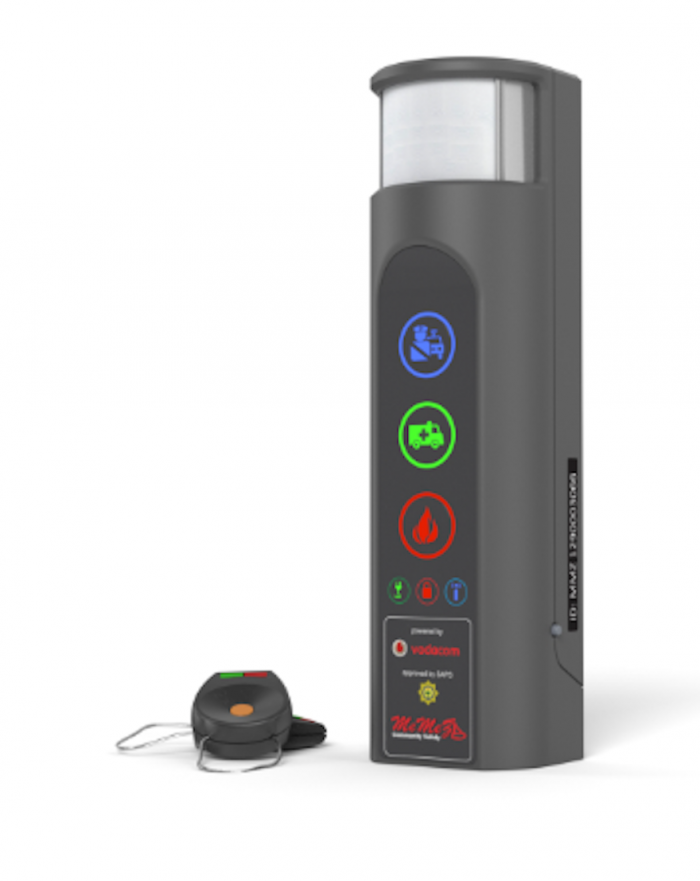The informal settlement of Diepsloot in Gauteng, South Africa first made headlines in October 2013 when the mutilated bodies of two toddlers were found shoved into a blocked public toilet. The discovery and the subsequent public outrage exposed the truth about rampant crime in the informal settlement where hundreds of thousands of the country’s most impoverished population are crammed together under the protection of a scarcely staffed police force. These residents were left exposed and vulnerable to those who sought to exploit their circumstances.
Now, a pilot project, instigated by the Centre for Public Service Innovation, has equipped 600 Diepsloot homes with specially designed alarm systems in an effort to give residents some semblance of safety.
The Mameza community alarms project was officially launched in 2014. The system was designed to be a direct link to the police. The system would notify households of intruders and a silent panic button would send a notification to the area’s police, local patrols and designated neighbours. The alarms were distributed to RDP houses and shack owners free of charge.
The system also comes with the Memeza Mobile/Personal Community Alarm, which is carried with the user as a key ring, as a handbag accessory, on a belt, or on children’s school bags, and comes in many colours.
Pulling the pull-pin off activates the mobile alarm and it emits a sound of 140 decibels that will confuse, scare, disable the criminal, and at the same time alert passer-byes of the impending attack.
According to Memeza, the mobile alarm relies on the premise that a witness will hear or see that someone is in trouble, leading to more arrests and more convictions.
Since its launch and the launch of multiple community policing forums, Diepsloot has seen a decrease in crime of up to nine per cent. Despite this decrease, crime in the area is still startlingly high and brutal. Residents can only hope that innovations and human-centred designs can continue to have a positive impact on their environment.







